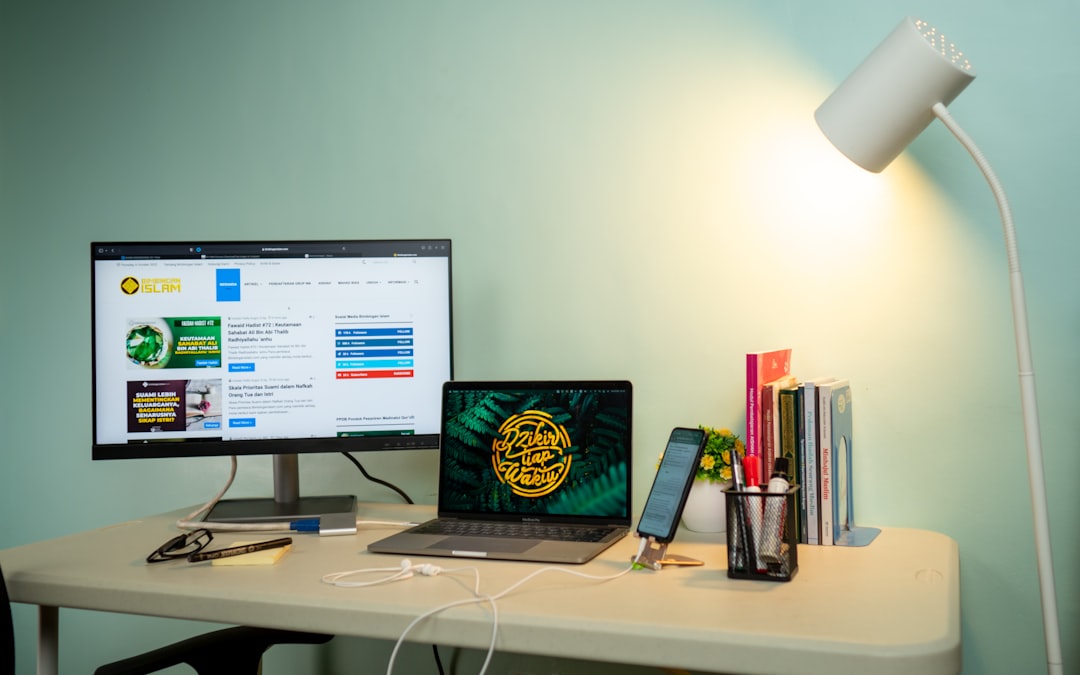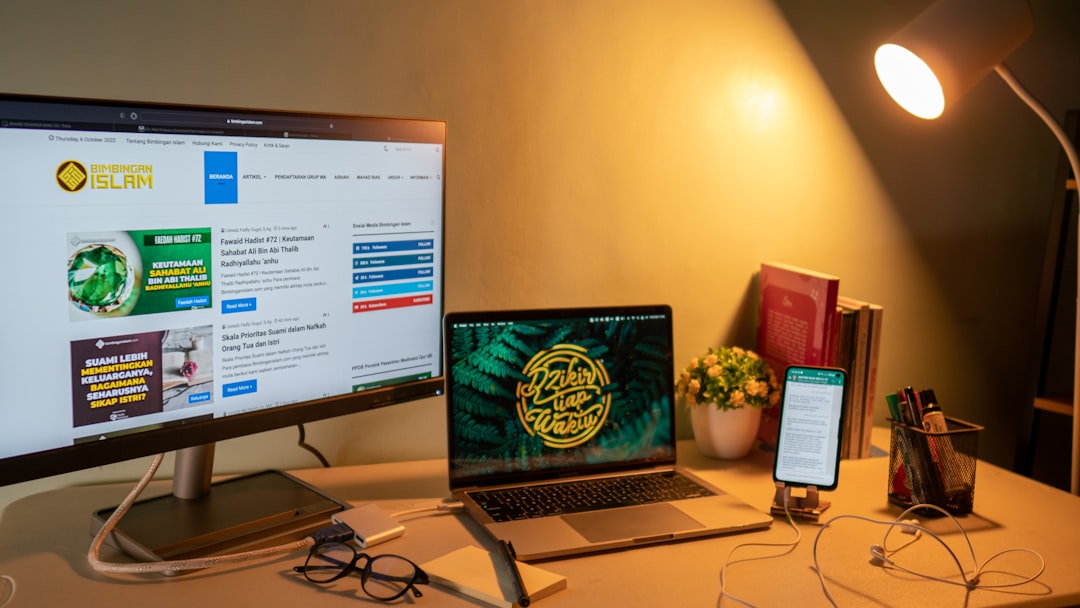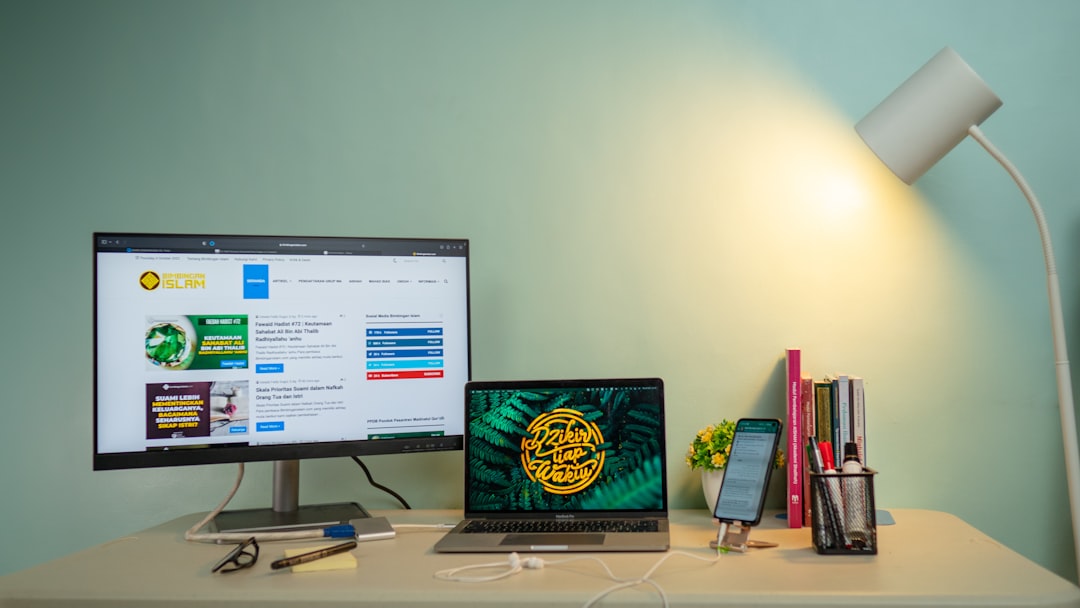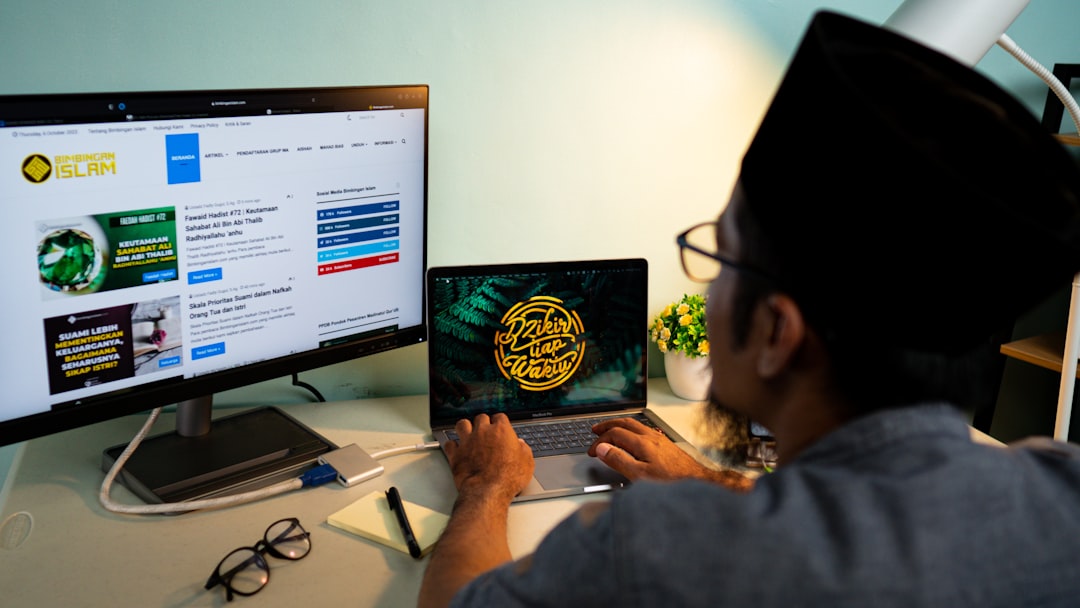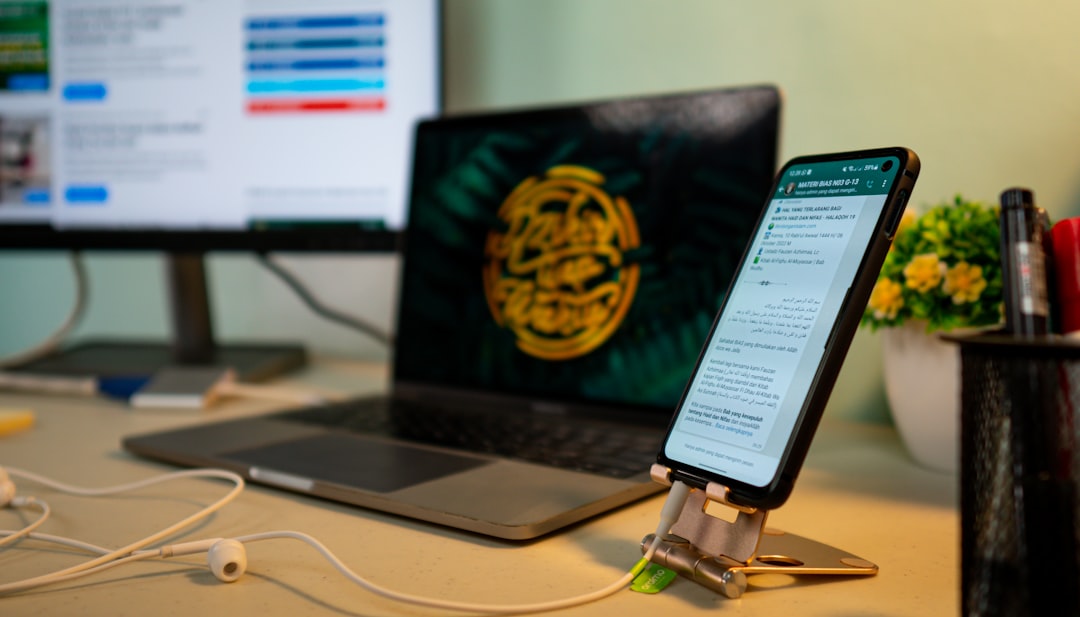As we all know, productivity is a key component of success in the workplace. Whether you’re an entrepreneur, a freelancer, or an employee in a traditional office setting, being productive can make all the difference in achieving your goals and advancing your career.
But what exactly is productivity? Productivity is simply the ability to accomplish your work efficiently and effectively. It’s the art of getting things done and making the most of your time, energy, and resources.
Unfortunately, many of us struggle to maintain high levels of productivity on a consistent basis. We may feel overwhelmed by our workload, distracted by external factors, or simply unmotivated to do our best work.
That’s why it’s crucial to develop simple yet effective habits that can help boost productivity in the workplace. By implementing these habits into our daily routine, we can improve our focus, manage our time more efficiently, and achieve our goals with greater ease.
In this blog post, we’ll explore five simple habits that can help you increase your productivity at work. From prioritizing tasks with a to-do list to implementing the Pomodoro technique for focused work sessions, these habits are easy to adopt and can make a big impact on your overall productivity. So let’s get started!
Prioritize tasks with a to-do list
As a worker, it can be easy to get lost in the day-to-day tasks and lose sight of the bigger picture. This is where a to-do list comes in handy. By creating a list of tasks that need to be completed, you can prioritize your workload and stay on track.
When creating a to-do list, it is important to be specific about the tasks you need to complete. Instead of writing “finish project,” break it down into smaller tasks such as “research topic,” “outline main points,” and “write first draft.” This will give you a clear understanding of what needs to be done and will make it easier to focus on each individual task.
It is also important to prioritize your tasks by putting the most important ones at the top of the list. This will help you stay focused on what needs to be done first and will prevent you from getting overwhelmed by a long list of tasks.
By using a to-do list to prioritize your tasks, you will be able to stay organized and on track, leading to increased productivity in the workplace.
By creating a list of tasks that need to be completed, you can prioritize your workload and stay on track.
Take Regular Breaks to Avoid Burnout
Staying productive at work can be challenging, especially when you have a lot of tasks to complete in a limited amount of time. While it might seem counterintuitive, taking regular breaks can actually help you get more done in the long run. Research shows that taking breaks can help reduce stress levels, improve focus, and increase overall productivity.
One of the main reasons taking breaks is so important is because it can help prevent burnout. Burnout is a state of emotional, physical, and mental exhaustion that can result from prolonged periods of stress and overwork. When you’re burned out, you’re more likely to make mistakes, experience a lack of motivation, and struggle to complete even the simplest tasks. By taking regular breaks throughout the day, you can give your mind and body a chance to rest and recover, which can help prevent burnout and keep you motivated.
So, how often should you take breaks? Experts recommend taking a 5-10 minute break every hour or so to help maximize productivity. During this time, try to get up from your desk and move around, stretch, or do something that helps you relax and recharge. This could be as simple as taking a walk around the office, grabbing a cup of coffee, or chatting with a coworker.
It’s also important to take longer breaks throughout the day, such as a lunch break or an afternoon break. These longer breaks can help you refuel and recharge, allowing you to come back to your work with renewed energy and focus.
Of course, taking breaks is only effective if you use them wisely. Avoid spending your break time scrolling through social media or checking your email, as this can actually increase stress levels and make it harder to focus when you return to work. Instead, try to use your break time to do something that helps you relax and recharge, such as reading a book, listening to music, or meditating.
Taking regular breaks is a simple but effective way to boost productivity and prevent burnout at work. By taking breaks throughout the day, you can give your mind and body the rest and recovery they need to stay focused, motivated, and productive. So, the next time you’re feeling overwhelmed or stressed at work, try taking a break and see how it can help you stay productive and focused.
Instead, try to use your break time to do something that helps you relax and recharge, such as reading a book, listening to music, or meditating.
Minimize Distractions by Setting Boundaries
When it comes to boosting productivity in the workplace, minimizing distractions is key. Distractions can come in many forms, from the constant ping of notifications to chatty coworkers. However, by setting boundaries, you can minimize these disruptions and stay focused on your work.
The first step in setting boundaries is to identify what distracts you the most. Is it social media notifications? Email alerts? Or is it the constant interruptions from your coworkers? Once you identify the biggest culprits, you can create a plan to minimize them.
One effective way to minimize distractions is to turn off notifications. It can be tempting to check your phone every time it buzzes, but this can quickly derail your focus. By turning off notifications or putting your phone on silent, you can avoid the urge to constantly check your device.
Another way to set boundaries is to communicate your needs with your coworkers. If you find that your colleagues interrupt you frequently, it may be helpful to let them know that you need uninterrupted time to focus on your work. By setting boundaries in this way, you can create a more productive work environment for everyone.
Finally, it’s important to set boundaries for yourself. It can be easy to get lost in the endless stream of work, but taking breaks and stepping away from your desk can actually increase your productivity in the long run. By scheduling breaks and sticking to them, you can avoid burnout and maintain your focus throughout the day.
Setting boundaries is a crucial step in boosting productivity in the workplace. By minimizing distractions and creating a more focused work environment, you can achieve your goals and stay on track throughout the day. So take the time to identify your biggest distractions, communicate your needs, and set boundaries for yourself. Your productivity (and your sanity) will thank you.
Distractions can come in many forms, from the constant ping of notifications to chatty coworkers.
Use Time-Blocking to Manage Your Schedule
Managing your schedule can be a daunting task, especially when you have multiple commitments, meetings, and deadlines to keep track of. One of the most effective ways to stay on top of your schedule is by using time-blocking.
Time-blocking is the process of breaking down your day into specific time slots and assigning tasks to each slot. This technique not only helps you stay organized but also ensures that you use your time efficiently.
To get started with time-blocking, first, identify the tasks you need to complete for the day. Then, allocate a specific time slot for each task based on its priority and estimated time required for completion. It’s important to be realistic when allocating time slots, so you don’t end up feeling overwhelmed or rushed.
You can use a physical planner or digital tools like Google Calendar, Trello, or Asana to create a time-blocking schedule. These tools allow you to color-code your tasks, set reminders, and adjust your schedule as needed.
One of the biggest benefits of time-blocking is that it helps you avoid multitasking. Contrary to popular belief, multitasking can actually decrease productivity and increase stress levels. By focusing on one task at a time, you increase your ability to concentrate and produce high-quality work.
Additionally, time-blocking helps you avoid procrastination. When you have a clear plan of action for the day, it’s easier to stay motivated and on-task. Plus, the sense of accomplishment you feel when completing each task on your time-blocking schedule can be incredibly satisfying.
Time-blocking is a simple yet effective technique for managing your schedule and boosting productivity. By breaking down your day into specific time slots and assigning tasks to each slot, you can focus on one task at a time, avoid multitasking, and increase your motivation and productivity levels. So, give time-blocking a try and see how it can transform your workday!
This technique not only helps you stay organized but also ensures that you use your time efficiently.
Implement the Pomodoro technique for focused work sessions
The Pomodoro technique is a time management method developed by Francesco Cirillo in the late 1980s. The technique uses a timer to break down work into intervals, traditionally 25 minutes in length, separated by short breaks. These intervals are known as “Pomodoros,” the plural in English of the Italian word pomodoro (tomato), after the tomato-shaped kitchen timer that Cirillo used as a university student.
The Pomodoro technique helps you to stay focused on a task and avoid distractions. By breaking your work into intervals, you can work with greater intensity and avoid burnout. The technique also helps you to manage your time more effectively by providing a structure for your workday.
To implement the Pomodoro technique, start by setting a timer for 25 minutes. During this time, work on a specific task without interruption. After the 25 minutes are up, take a short break of five minutes. Repeat this process four times, and then take a longer break of 15-30 minutes.
The Pomodoro technique is a great way to stay focused and productive throughout the workday. It provides structure and discipline to your work routine, helping you to achieve your goals more efficiently. By using this technique, you can break down complex tasks into manageable chunks, and avoid the distractions that can derail your productivity.
Incorporating the Pomodoro technique into your work routine may take some time to get used to, but the benefits are well worth the effort. You’ll find that you can work more efficiently, with greater focus and intensity, and achieve more in less time. So why not give it a try and see how much more productive you can be?
The technique also helps you to manage your time more effectively by providing a structure for your workday.
Conclusion: Recap of the 5 Simple Habits to Boost Productivity at Work
In today’s fast-paced work environment, productivity is essential for success. We all have busy schedules, and it’s easy to get overwhelmed with the amount of work that needs to be done. However, by implementing five simple habits, you can boost your productivity and achieve your goals.
Firstly, prioritize your tasks with a to-do list. This helps you to focus on the most important tasks and avoid wasting time on less critical tasks. By having a clear list of tasks, you can also manage your time better and avoid procrastination.
Secondly, taking regular breaks is crucial in avoiding burnout. When you take breaks, you give your mind and body a chance to rest and recharge. This can help you stay focused and motivated throughout the day.
Thirdly, minimize distractions by setting boundaries. Avoid checking your phone or email during work hours, and let your colleagues know when you need uninterrupted time to complete an important task.
Fourthly, use time-blocking to manage your schedule. By breaking your day into specific time blocks, you can ensure that you are using your time efficiently and staying on track.
Lastly, implement the Pomodoro technique for focused work sessions. This technique involves working for a set amount of time (usually 25 minutes) and then taking a short break before starting another work session. By doing this, you can improve your focus and boost your productivity.
In conclusion, by adopting these five simple habits, you can boost your productivity at work and achieve your goals. Remember to prioritize your tasks, take regular breaks, minimize distractions, use time-blocking, and implement the Pomodoro technique. With these habits in place, you will be well on your way to success!

